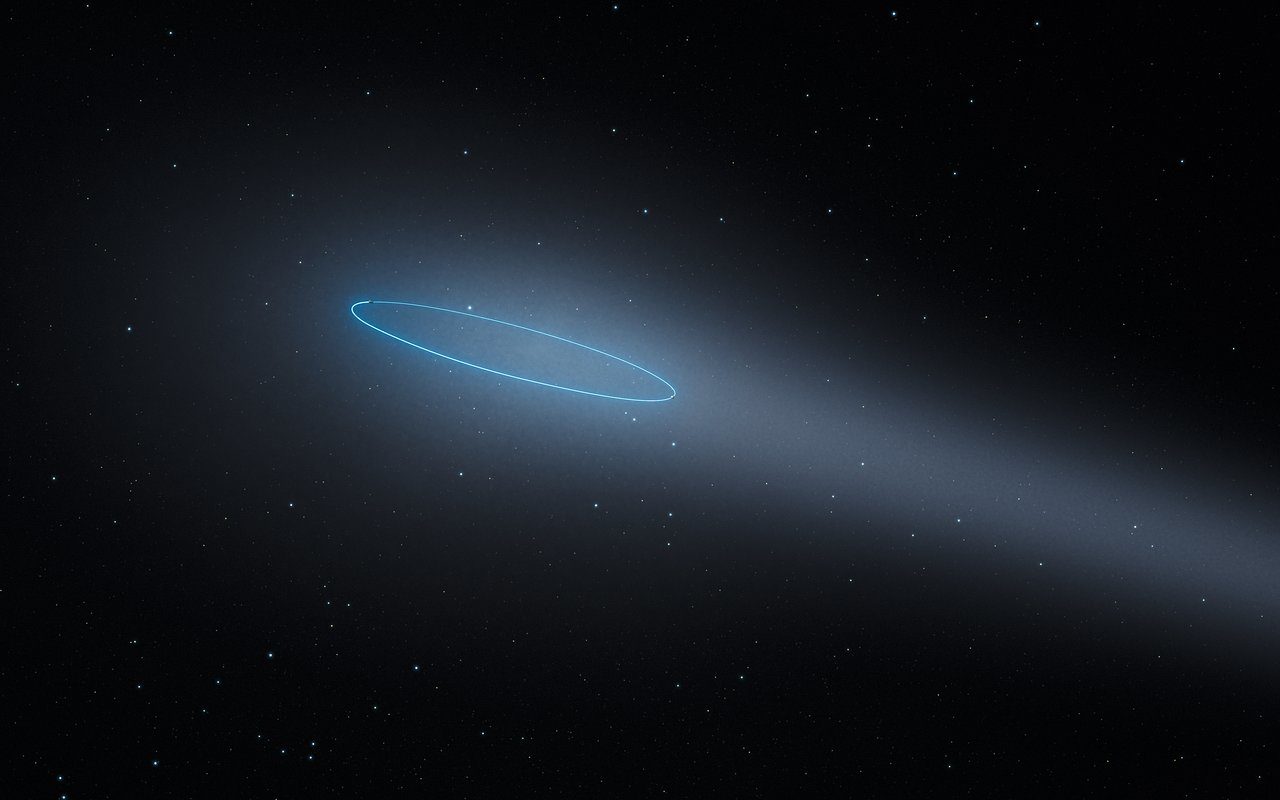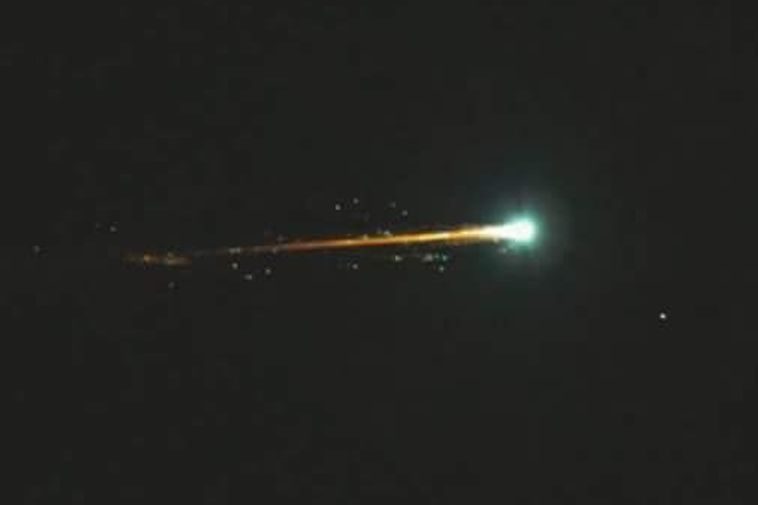
© ESA/Hubble
With the help of the NASA/ESA Hubble Space Telescope, a German-led group of astronomers have observed the intriguing characteristics of an
unusual type of object in the asteroid belt between Mars and Jupiter: two asteroids orbiting each other and exhibiting comet-like features, including a bright coma and a long tail. This is the first known binary asteroid also classified as a comet. The research is presented in a paper published in the journal
Nature today.
In September 2016, just before the
asteroid 288P made its closest approach to the Sun, it was close enough to Earth to allow astronomers a detailed look at it using the NASA/ESA Hubble Space Telescope
[1].
The images of 288P, which is located in the
asteroid belt between Mars and Jupiter, revealed that it was actually not a single object, but two asteroids of almost the same mass and size, orbiting each other at a distance of about 100 kilometres. That discovery was in itself an important find; because they orbit each other, the masses of the objects in such systems can be measured.
But the observations also revealed ongoing activity in the binary system.
"We detected strong indications of the sublimation of water ice due to the increased solar heating - similar to how the tail of a comet is created," explains Jessica Agarwal (
Max Planck Institute for Solar System Research, Germany), the team leader and main author of the research paper. This makes 288P the first known binary asteroid that is also classified as a
main-belt comet.


Comment: A few days ago an unidentified fireball was filmed over the city of Krasnodar in southern Russia.